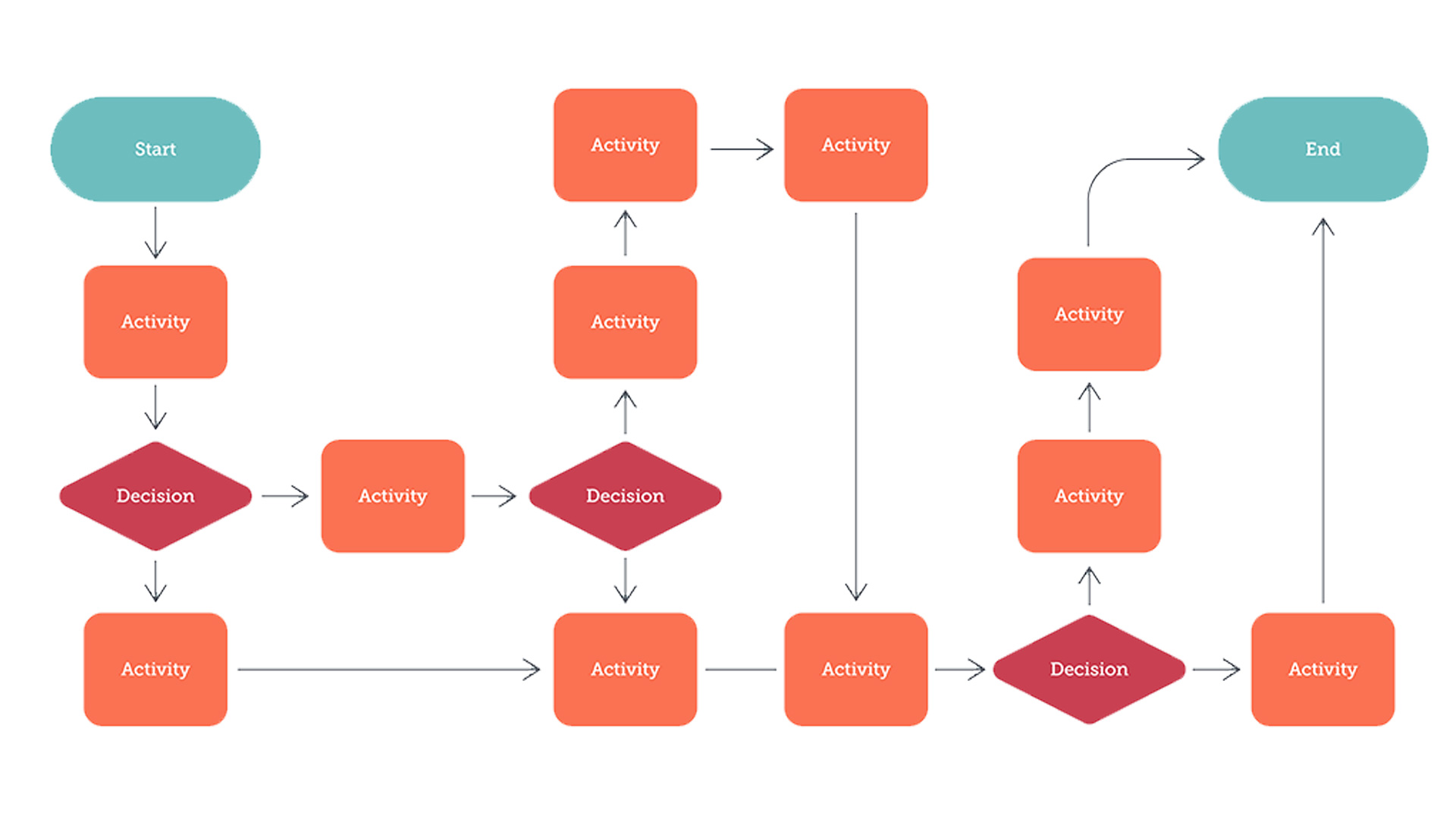Understanding Complex Systems with Process Maps
The more complex a system, the more likely it is that breakdowns and inefficiencies arise. At Shift, we work across multiple complex systems like –healthcare, education, and social services. Systems like these are designed to serve people and minimizing problems is crucial to ensuring people receive the services these systems deliver.
At Shift, we not only use process maps with our clients, but also with our own team to ensure that we are sharing the same mental model of how our work will unfold. One example of our own use of process maps can be seen in the launch of the Hybrid Advising Co-op. This project brings together five college advising organizations who are using A.I. chatbots to support high school seniors in their college advising process. Together, we will study and learn how to leverage this technology to increase the percent of seniors who matriculate in post-secondary options that provide credentials that will lead to a livable wage.

This is a complex project that involves collaboration among six organizations, each with teams made up of a mix of local schools, students, and caregivers. Process maps helped us establish and monitor a process for meetings among our team and the teams of students and caregivers from each partnering organization. Our map showed us how these meetings flowed into our monthly webinars.
Check out our examples of our process maps below:

Collaborating with our team on a process map was more than creating a checklist of to-dos. It set our team and our project up for success by helping us to take a step back from the day-to-day of what needs to get done, and instead focus on identifying the major steps, handoffs, and transitions necessary to complete our deliverables.
Bringing in the voices of various team members helped everyone feel aligned and prepared to work together.


